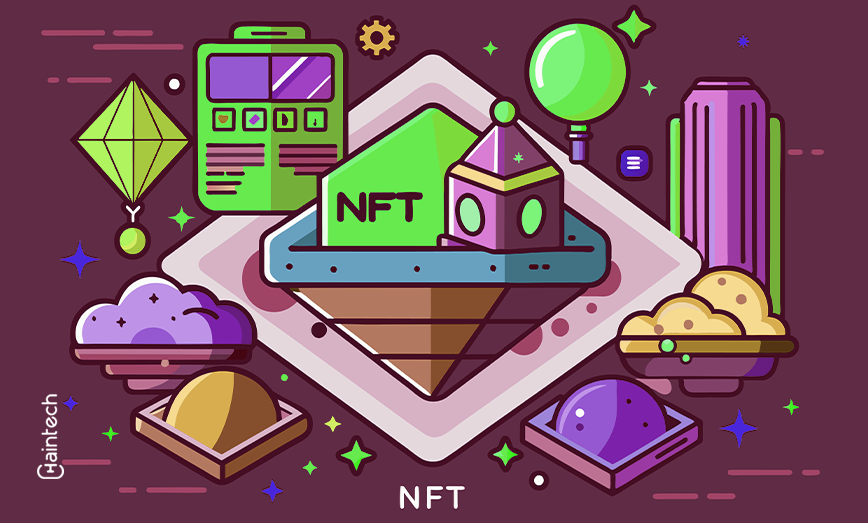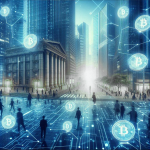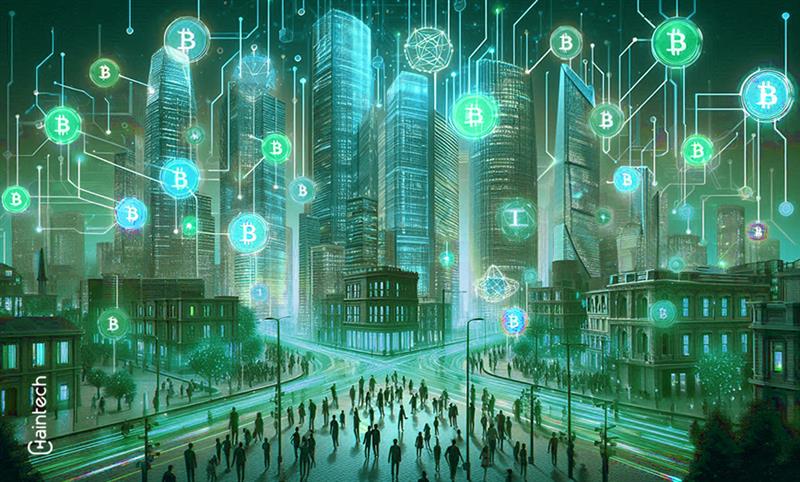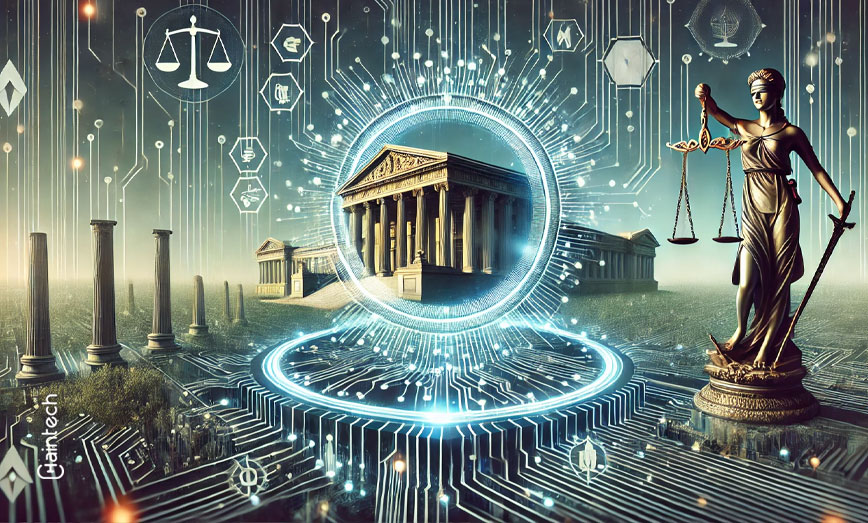How NFT Tokenization is Transforming Collectibles

Have you ever imagined owning digital artwork or a one-of-a-kind online collectible that other people cannot have? NFT tokenization has changed the scenario as it has become a reality in the present world and has created waves in all spheres of the digital world. Especially for digital ownership, non-fungible tokens (NFTs) have rewritten the entire narrative about ‘ownership.’
NFT technology is indeed providing new opportunities to artists, collectors and the investors to create, trade and even sell their unique digital artwork. More specifically, NFTs are revolutionizing the concept of digital ownership of assets, be it creative art, music, or real estate.
They are leveraging blockchain technology and distributed ledgers to address the issues of identity assurance and the ease of quantity manipulation in the non-physical space. As the world tries to find more applications for NFTs, the outlook is indeed exciting.
The future of digital ownership: How NFT tokenization is transforming industries
- NFT tokenization is changing the game for digital ownership in various industries, ranging from art to collectibles.
- NFTs are a unique approach to creating value while having confirmed ownership, being scarce, and having one-of-a-kind blockchain assets.
- NFTs do have their issues; nevertheless, the prediction is that they will develop, and this will have a ripple effect on gaming, real-world assets, and everything else in between.
Let us explain further how NFTs are changing the dynamics of art, collectibles, and more.
What sets NFTs apart?
NFTs, or non-fungible tokens, give ownership of distinct digital assets. Unlike Bitcoin or Ethereum, which are fungible (one Bitcoin just like another), NFTs are irreplaceable. An NFT is associated with one and only one particular digital object, be it an artwork, a song, or a virtual land.
Such tokens are secured by a blockchain, generally Ethereum, which enables the identification of the guarantee of the validity and ownership of a kind that has never been possible before.
NFTs resolve a burning question in the digital markets: how can you verify that a certain digital file is original and its possession is solely from a given party? Blockchain technology answers that by establishing a safe and clear trail of ownership and possession. Therefore, you can prove ownership of royalty rights on an NFT you purchased because ownership details are recorded on the blockchain.
The advantages of incorporating NFT tokens into blockchain structures
NFTs grab everyone’s attention in today’s world. So, how do NFTs work? To put it simply, there is a basic rule that governs NFTs, which is ownership. This is the point where cryptocurrencies play a huge role.
Ethereum, through spending, leveraged blockchain technology. An NFT is specifically an asset that is held via a supply located on blockchain storage, which means that only one person can possess it. What is interesting is that few don’t understand the technicalities of NFTs.
Whenever an NFT is sold or traded, its transaction details get recorded permanently, making it literally impossible to obstruct or alter.
This technology also greatly benefits the artists themselves. Before NFTs were created, the biggest problem digital creators had was copyright issues or unauthorized copies of their works. Artists can create tokens that represent their assets and offer them for sale while keeping some revenue when those assets are sold in the future.
Furthermore, buyers don’t have to worry about counterfeits because they can easily tell who owns the artwork.
| Feature | Benefit |
| Transparency | Ownership is public and easy to verify |
| Security | Transactions are recorded and unchangeable |
| Direct Sales | Artists sell directly to buyers |
| Royalties | Artists earn from future sales |
| Scarcity | Each NFT is unique and can’t be duplicated |
A future statement for NFTs
The main reason people buy NFTs seems to lie in their scarcity and availability. It’s been noticed that the rarer something is, the greater the demand is. To a digital object, NFTs attach a unique digital token, which makes the object scarce, creating digital scarcity. As a whole, the principles of NFTs work in the same way as the principles of physics—if something is rare, it is valuable, like rare cards or artworks.
The idea easily attracts collectors. An NFT could be comparable to a digital collectible, which is the only one on the market. Establishing ownership is also straightforward because the particular NFT is associated with a particular asset on the blockchain.
For instance, possessing a unique digital artwork in the form of an NFT implies that only one person holds the original, making this particular artwork very special.
In addition, NFTs have a certain superiority. An individual collector who acquires a scarce NFT is not buying simply a file; they are acquiring a fragment of history in digital form.
Exploring diverse NFT tokenization use cases
NFTs are known for their dominance in the digital art market, but skills for NFTs are extending to various other fields as well. Apart from digital imagery, NFTs such as gaming collectibles, real estate items, and even virtual self-representations are available on the market. See more about the benefits of NFT:
- Gaming Assets: In blockchain games, weapons, skins, and other items can be owned by players as NFTs. Players can purchase, sell, trade, and even use such items in compatible other games.
- Virtual Real Estate: There are platforms such as Decentraland where it is possible to buy virtual land NFTs.
- Domain Names: A relatively new trend is the purchase of blockchain domain names in NFT format. This allows for QuickPay addresses and increases the ease of use.
- Event Tickets: Event tickets could be organized as NFTs to prevent fraud and ease the transfer of ownership between users.
- Real-World Assets: There are startups built around creating NFTs for real-world assets (like real estate) that can be exchanged as ownership or investment in real estate.
NFTs will likely become integral to various industries as these use cases grow.
Did You Know?
NFTs can be minted,’’ i.e., a creator may create an NFT from a digital file and market it as a ‘one-off’ product. This means that artists can now manage how their digital artwork is sold in an impossible manner.
NFT: Challenges and controversies
NFTs may have become trendy but still have challenges. For one, they have been critiqued on environmental grounds. The vast majority of NFTs are produced on the Ethereum blockchain, and due to the high transaction activities that take place on this blockchain, which use energy, serious concerns have been raised regarding the environmental effects of NFTs.
A further setback is that the NFT marketplace is highly speculative. Yes, NFT prices can be astronomical, but they can also plummet, hence the high volatility. Some critics even make the analogy of the NFT marketplace being a bubble that will, eventually, pop should there ever be a lack of demand.
Another dimension, however, is issues of plagiarism and copyright. In some incidents, digital artwork was tokenized and distributed for sale without the creator’s approval, which begs the question of how creators are protected.
However, the NFT space is developing, and other blockchain ecosystems are making efforts to develop energy-efficient alternatives as regulatory authorities catch up in creating policies protecting buyers and creators.
NFTs: Changing what we own and how it is valued digitally
Redefining ownership and value of assets is fundamentally NFTs and what this revolution brought with it is the free exchange of art, collectors, and industries among all players. NTFs created a unique opportunity to leverage digital assets in a more advanced way. For instance, creating scarcity for a digital item or making a ledger of the owner of an item.
It goes without saying that NFTs have a bright future, as the growing audience actively works with them. With the growth of the number of assets comes an increase in the perspective of NFTs as properties. The assets could be art, collections, and countless examples; be sure they will remain in production.
Did You Know?
Some NFTs come with “smart contracts,” which allow creators to earn royalties each time the NFT is resold, providing a continuous income stream and more control over their work’s value.
FAQs
1. What are the basics of NFT tokenization?
NFT tokenization refers to the actions performed regarding an asset. This is to create a unique digital token on the blockchain representing ownership of that asset.
2. Protected forms of ownership: how are they displayed using NFTs?
NFTs use a blockchain as a ledger for their transactions. This can be accessed by any other user and is thus secure and traceable. This creates a mechanism for verification, avoids duplication, and guarantees authenticity.
3. Why are NFTs popular?
NFTs hold value because every digital asset is different and cannot be created in multiples. Ownership on the blockchain allows for perceived value similar to physical assets.
4. Can NFTs go beyond just art or collecting?
Definitely, NFTs are also used in gaming, in real estate as a token, and not only. Those are widely applicable in sectors where singular asset ownership is desired.
5. Are NFTs bad for the environment?
Unlike the early NFT transaction, examining the Ethereum network is harmful to the environment. However, new blockchain technologies and scalability solutions pursue to reduce energy consumption considerably.









